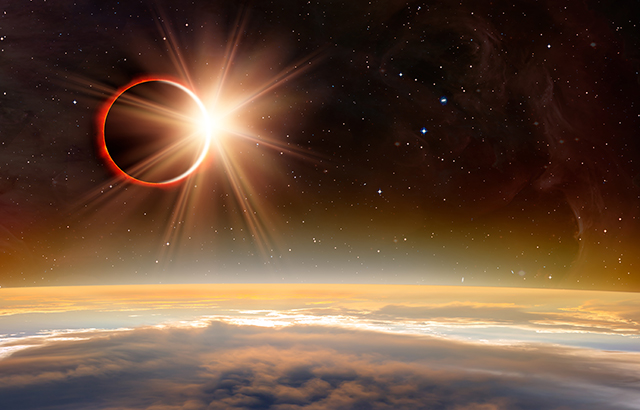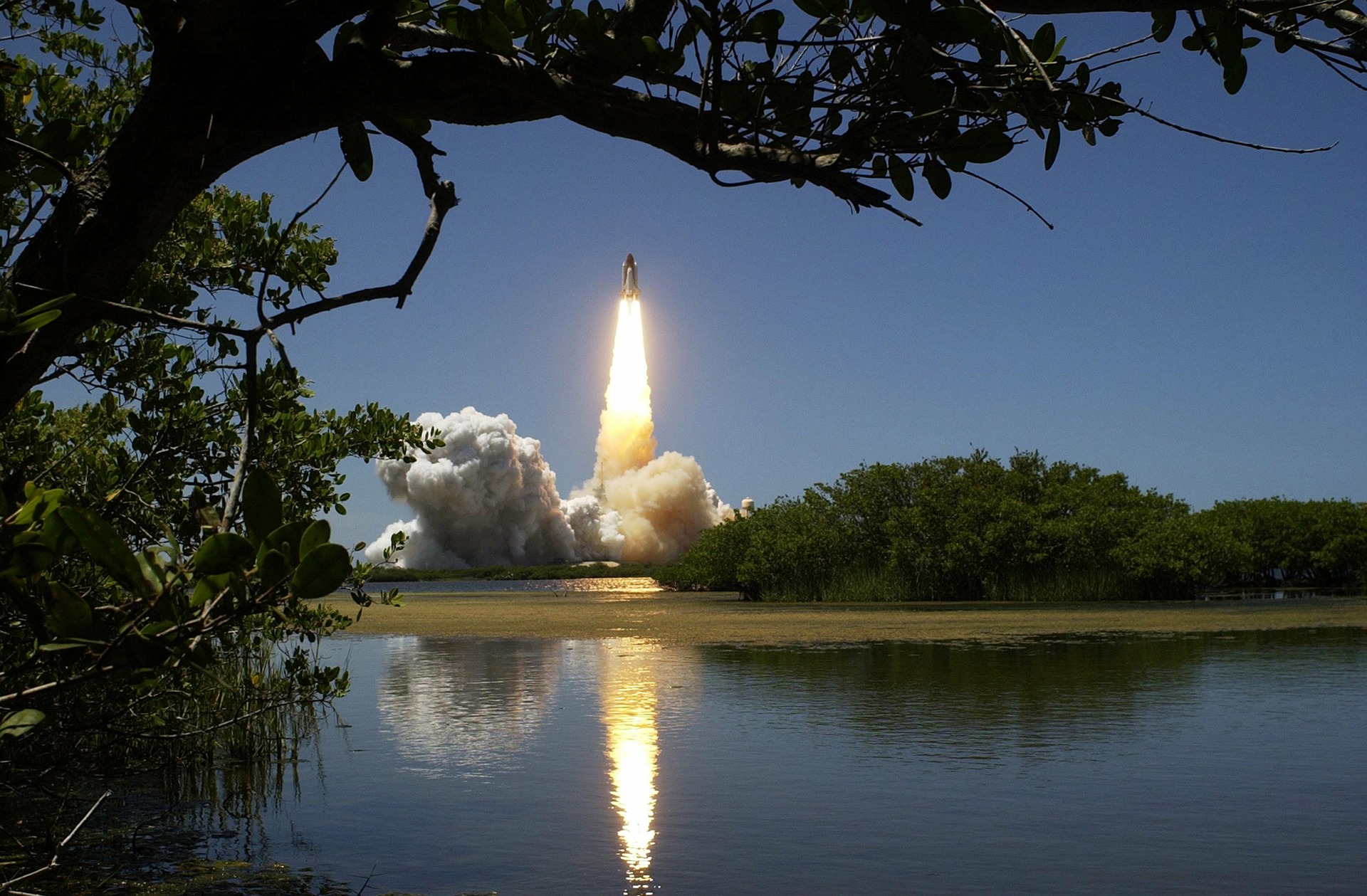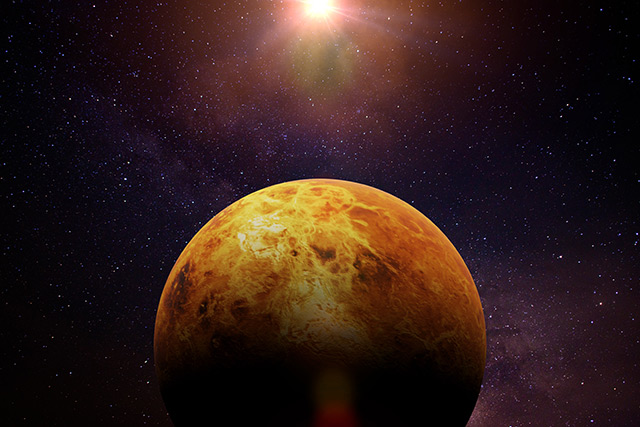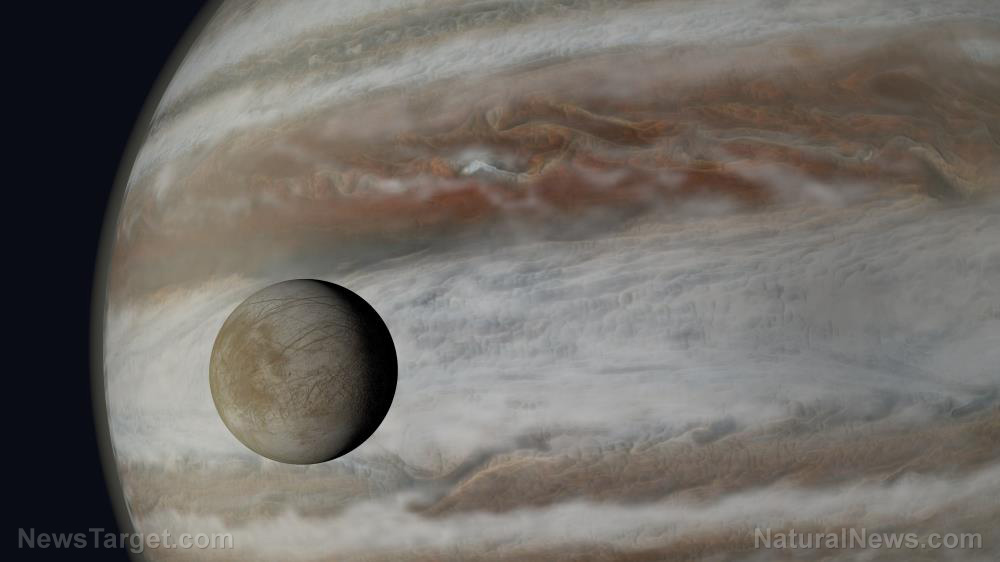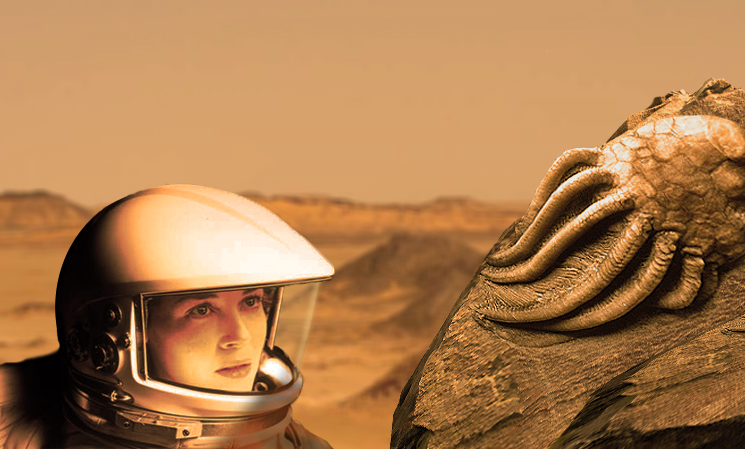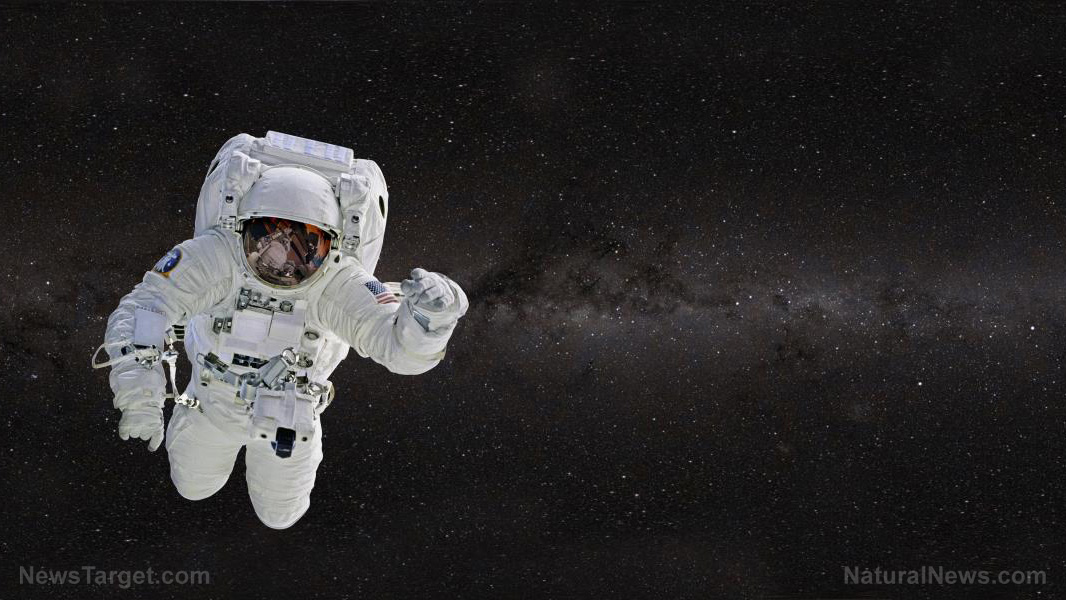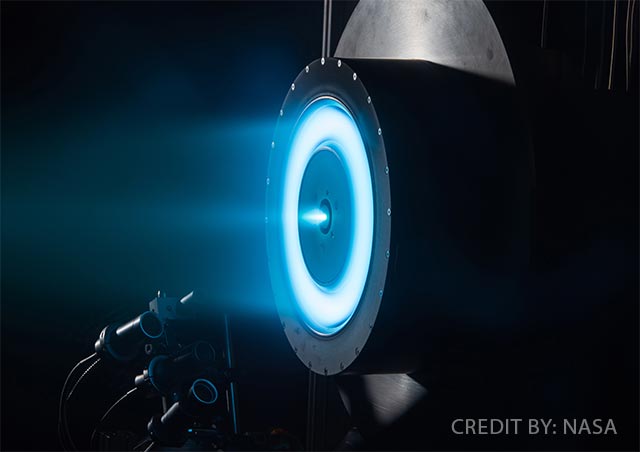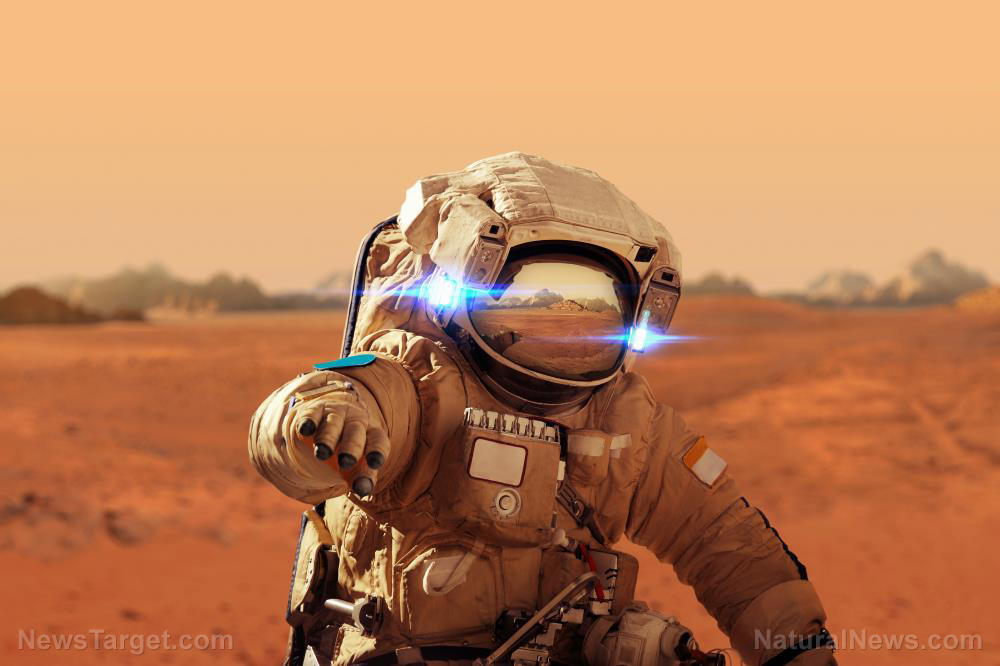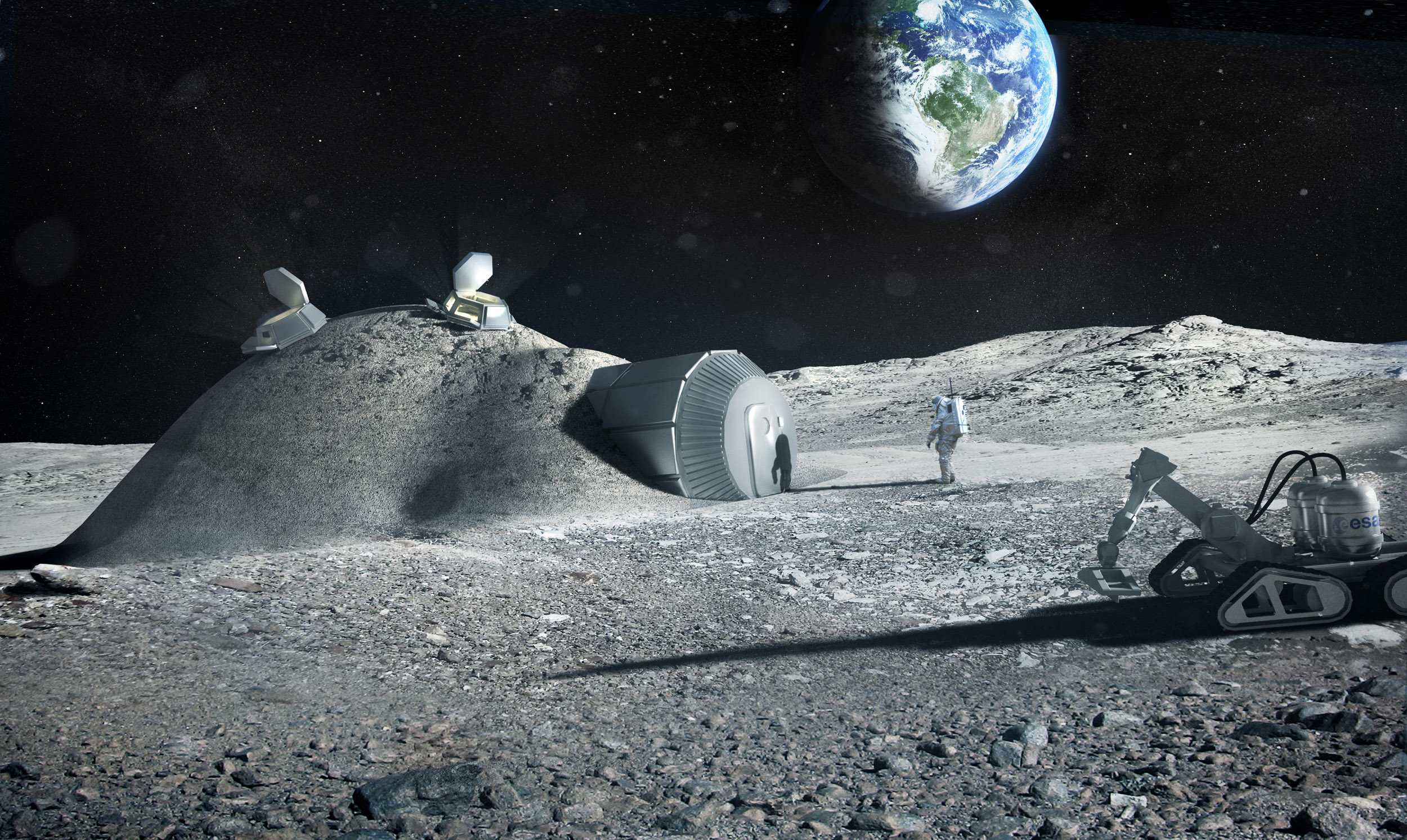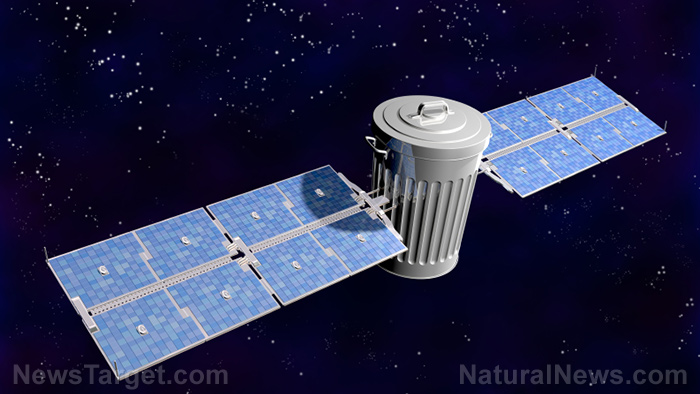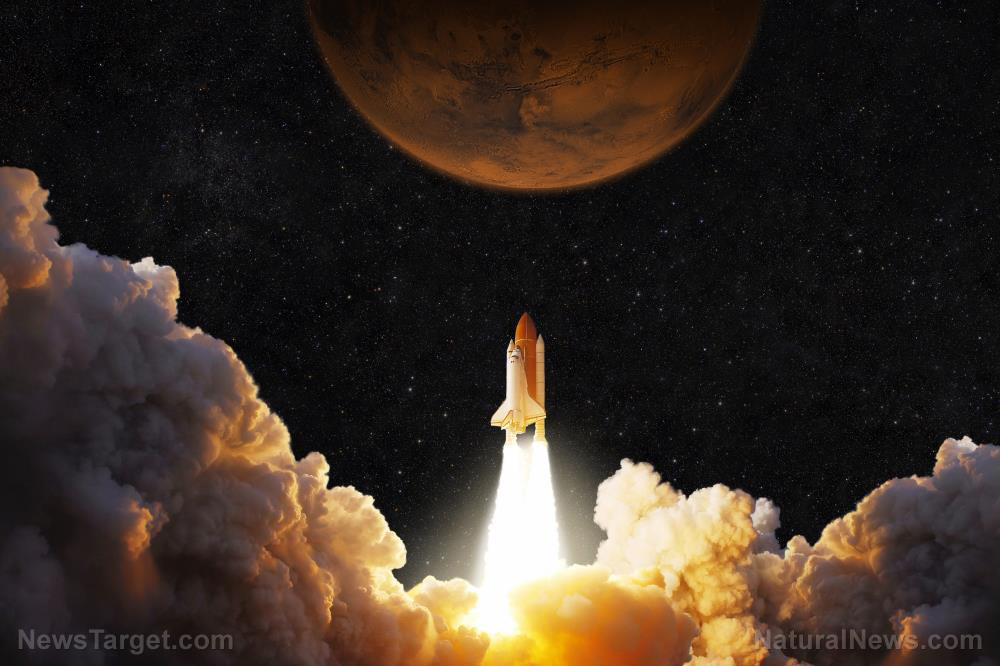Anticipating visitors? The moon is set to receive its own mobile phone network next year
04/01/2018 / By David Williams
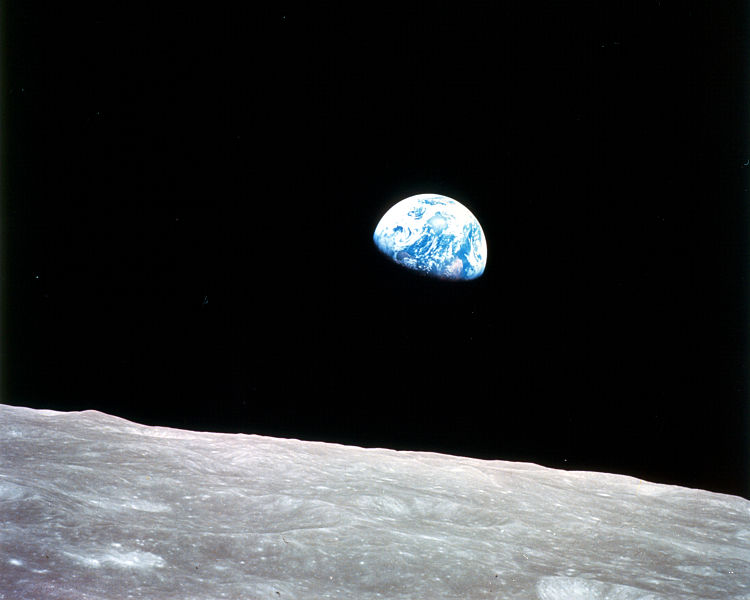
If and when humans do land on the moon to start a colony there, how is everyone going to communicate wirelessly? Here on Earth, people rely on mobile phone networks that are scattered but interconnected all across the planet. A similar system is now going to be built on the moon as well, thanks to an effort that’s going to begin some time in 2019.
The new project, which is being spearheaded by Vodafone and Nokia, will lead to the creation of the very first 4G LTE mobile network on the moon itself. It’s part of a much bigger “Mission to the Moon” that is going to be conducted by the Berlin-based Part Time Scientists (PTScientists), who are planning to launch one lander and two small rovers from Cape Canaveral, Florida, with help from SpaceX. The mission is scheduled to happen during the 50th anniversary of the Apollo 11 moon landing mission orchestrated by the National Aeronautics and Space Administration (NASA).
According to Hannes Ametsreiter, the Chief Executive Officer of Vodafone Germany, the mission is meant to signify something much greater than what one might think at first. “This project involves a radically innovative approach to the development of mobile network infrastructure,” he explained in a statement posted on the official Vodafone website. “It is also a great example of an independent, multi-skilled team achieving an objective of immense significance through their courage, pioneering spirit and inventiveness.”
If successful, the mission will result in the creation of a space-worthy version of Vodafone’s Ultra Compact Network (UCN), courtesy of Nokia. This particular UCN will be the lightest one ever, weighing in at only 2.2 pounds or one kilogram in total. That’s even lighter than a bag of sugar.
Meanwhile, the PTScientists group will run their lunar lander, ALINA or Autonomous Landing and Navigation Module, while connected to the 4G network in order to live stream HD video straight from the moon to viewers here on Earth. ALINA will be accompanied by two Audi Quattro rovers that will also be controlled by PTScientists, and used to study the Apollo 17 lunar rover that was used back in December 1972.
Marcus Weldon, the chief technology officer at Nokia and the current president of Bell Labs, said that the mission is in full support of the development of new space-grade technologies that can help usher in the future of data networking, processing, and storage. It will also help advance the communications infrastructure that is required for academics, industry, and educational institutions in their ongoing lunar research efforts.
“These aims have potentially wide-ranging implications for many stakeholders and humanity as a whole,” Weldon explained, “and we look forward to working closely with Vodafone and the other partners in the coming months, prior to the launch in 2019.”
According to Robert Böhme, the founder and CEO of PTScientists, the upcoming 4G network is a “crucial first step for sustainable exploration of the solar system.” This 4G network, once established, will likely become a staple for many future lunar missions and perhaps even missions that go far beyond the moon.
“The great thing about this LTE solution is that it saves so much power,” Böhme further added, “and the less energy we use sending the data, the more we have to do science!” His enthusiasm is just the thing that the space exploration industry needs to make sure that future research efforts become even more fruitful than they are today.
Follow the latest news on future space missions in Space.news.
Sources include:
Tagged Under: 4G LTE, 4G network, ALINA, data networking, future science, future tech, mobile internet, mobile network, Moon, Moon network, moon technology, NASA, Nokia, PTScientists, space exploration, space internet, Space Mission, space-grade technology, SpaceX, UCN, Ultra Compact Network, Vodafone

